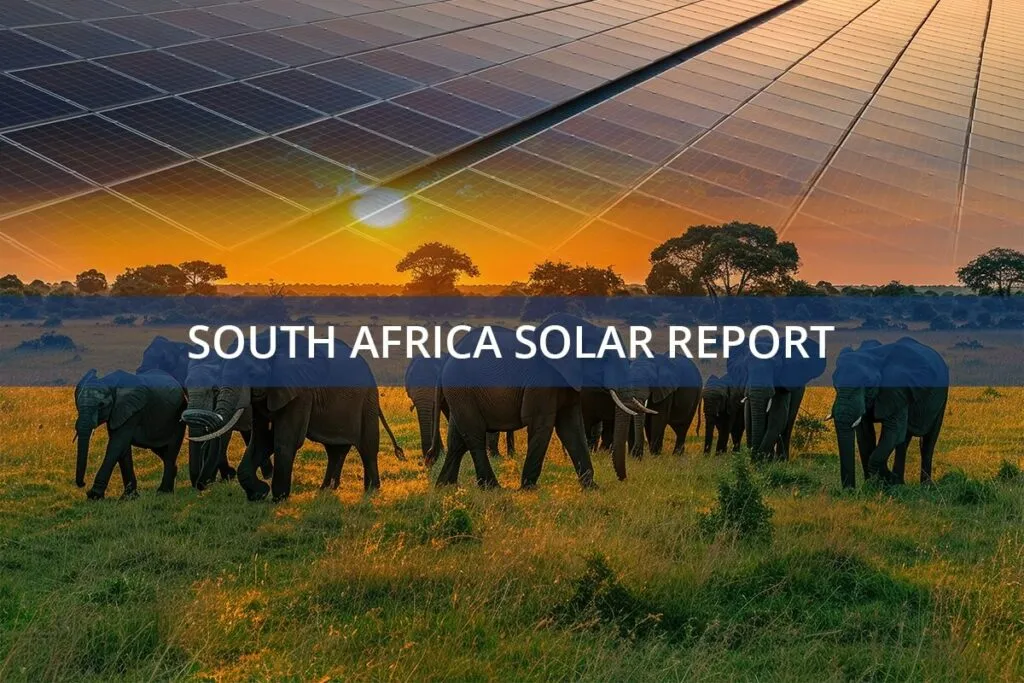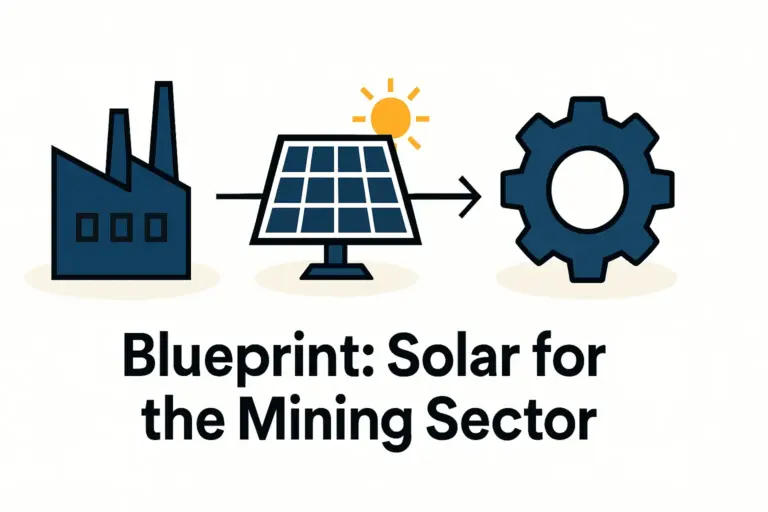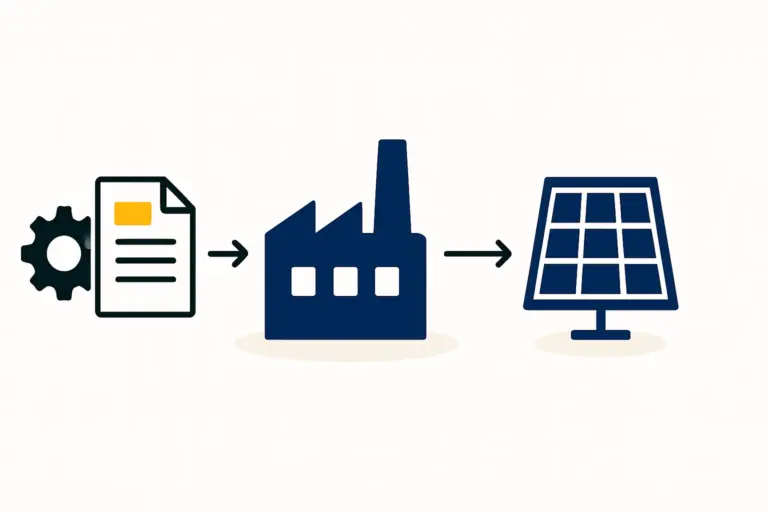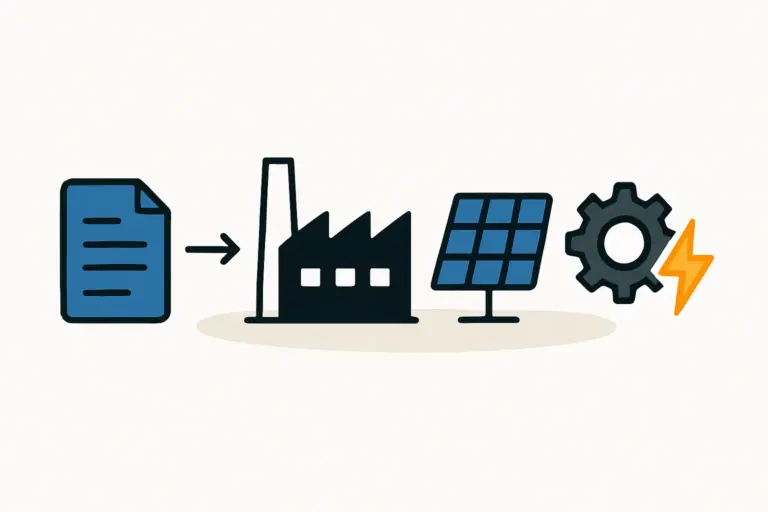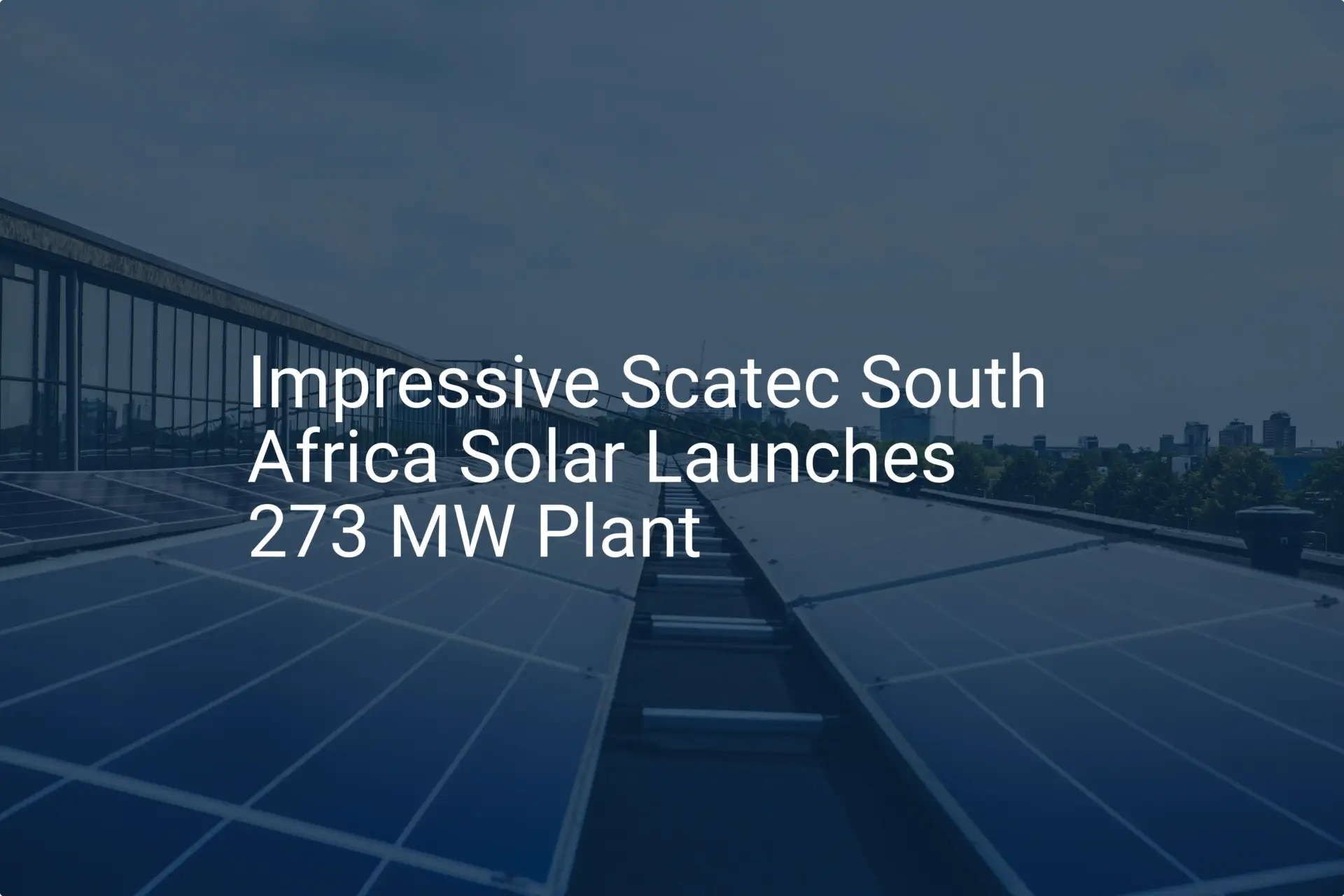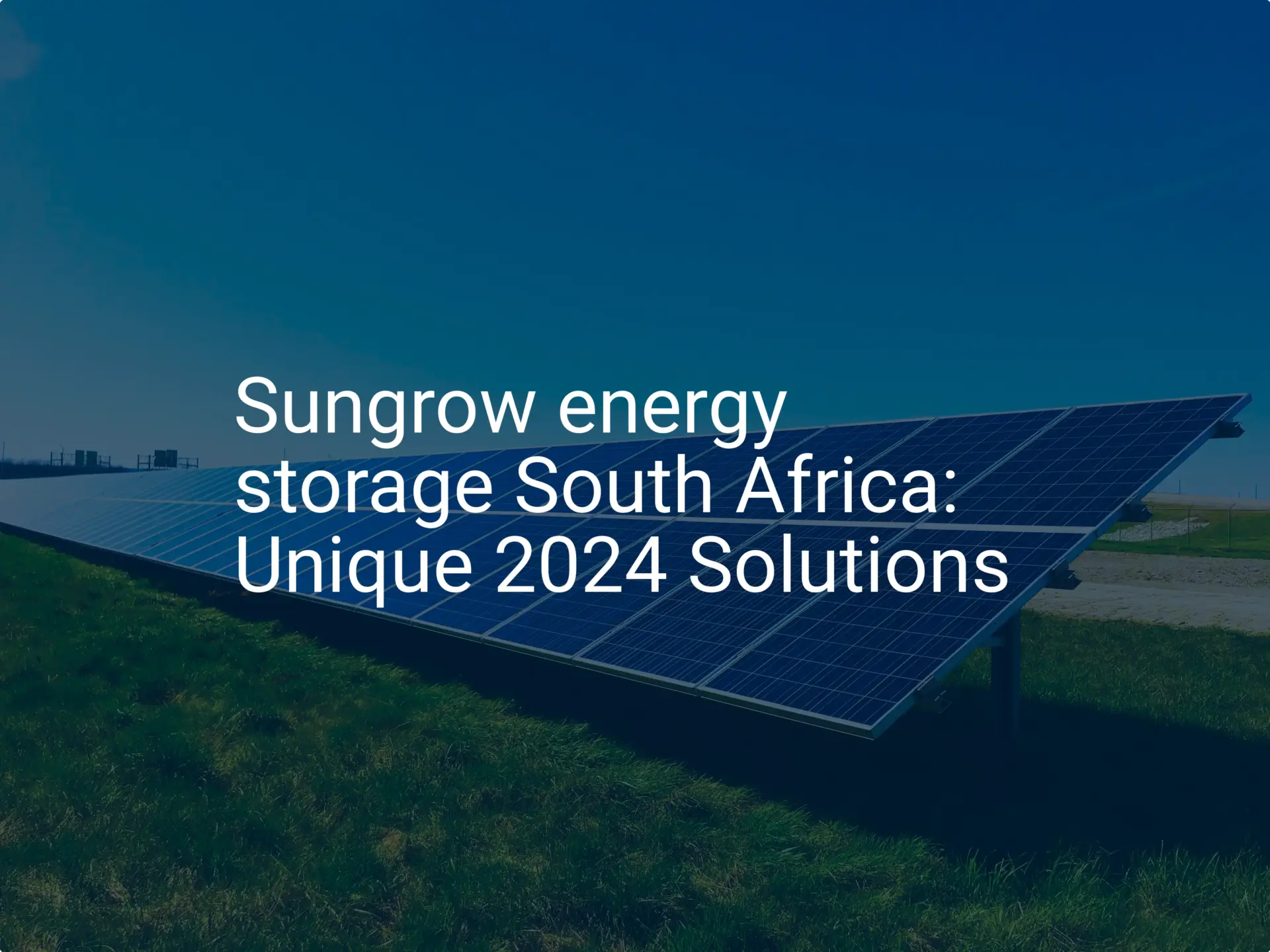An entrepreneur considering the solar manufacturing sector often starts with questions about technology and finance. However, a foundational decision that can shape the success of the entire venture is location.
In South Africa, with its strong governmental support for renewable energy, the choice extends beyond a city or province to specific, highly incentivized industrial areas known as Special Economic Zones (SEZs).
For an investor, particularly one from outside the solar industry, understanding the distinct advantages and strategic trade-offs of each SEZ is crucial. This analysis provides a framework for evaluating South Africa’s leading SEZs, focused on the factors most relevant to establishing a successful solar module production facility.
What is a Special Economic Zone (SEZ) and Why Does It Matter?
A Special Economic Zone is a geographically demarcated area that operates under a different set of economic regulations than the rest of the country. Governed by South Africa’s SEZ Act of 2014, these zones are designed to attract foreign direct investment, boost manufacturing, and create jobs by offering a compelling package of financial incentives and streamlined administrative processes.
For a solar manufacturing enterprise, operating within an SEZ offers three primary benefits:
-
Reduced Costs: Significant tax breaks and duty exemptions lower both the initial capital outlay and ongoing operational expenses.
-
Logistical Efficiency: Proximity to major ports or airports simplifies importing raw materials and exporting finished solar modules.
-
Supportive Infrastructure: Access to reliable utilities, serviced land, and a network of complementary industries creates a stable operating environment.
These zones are central to South Africa’s industrial strategy, particularly in supporting the Renewable Energy Independent Power Producer Procurement Programme (REIPPPP). This programme’s local content requirements drive demand for locally manufactured solar components.
Key Criteria for Evaluating SEZs for Solar Production
Assessing an SEZ for a solar module factory means focusing on four key areas that directly influence operational success and profitability.
-
Logistics and Supply Chain Access: A solar module assembly line relies on the timely import of materials like solar glass, aluminum frames, and EVA film. The SEZ’s proximity to a deepwater port or a major air cargo hub is therefore essential.
-
Financial Incentives: While the standard SEZ package in South Africa is attractive, understanding its nuances can reveal further advantages. This includes corporate tax rates, VAT exemptions, and employment incentives.
-
Infrastructure and Energy Security: Given South Africa’s known challenges with grid stability (loadshedding), the quality of an SEZ’s internal power infrastructure and its commitment to renewable energy sources are critical differentiators.
-
Industrial Ecosystem: The presence of related industries, such as automotive or electronics manufacturing, can indicate a skilled labor pool and potential local suppliers for certain components.
A Detailed Look at South Africa’s Leading SEZs
While South Africa has several designated zones, a few stand out for their relevance to the renewable energy sector. Each offers a unique value proposition.
Coega IDZ (Gqeberha): The Logistics Powerhouse
Located adjacent to the deepwater Port of Ngqura, the Coega Industrial Development Zone is one of Africa’s largest SEZs, spanning over 9,000 hectares.
Logistical Advantage: Its primary strength is direct access to a modern port, making it ideal for a business model reliant on the bulk sea freight of raw materials. This significantly reduces inland transport costs and lead times.
Incentives: Coega offers the full suite of national SEZ benefits, including a reduced Corporate Income Tax (CIT) of 15%, suspension of VAT and customs duties on imported production materials, a building allowance, and an employment tax incentive.
Infrastructure: The zone has a strong focus on the energy sector and even hosts its own on-site solar farm, demonstrating a commitment to providing a stable environment for energy-sensitive manufacturing.
Ecosystem: Its focus on automotive, metallurgy, and energy has built a robust industrial base and a skilled workforce accustomed to large-scale manufacturing.

Dube TradePort (Durban): The Air Freight Specialist
Situated around King Shaka International Airport, Dube TradePort SEZ is uniquely positioned as an air logistics platform.
Logistical Advantage: The zone is built around the Dube Cargo Terminal, making it a strategic choice for manufacturers who need to import high-value, time-sensitive components (like specialized microinverters) or export finished modules to markets where speed is a competitive advantage.
Incentives: The full suite of SEZ financial incentives also applies here, ensuring a fiscal environment as competitive as other leading zones.
Infrastructure: The zone is highly modern, with world-class facilities and a focus on renewable energy solutions to power its operations.
Ecosystem: By targeting sectors like aerospace, electronics, and pharmaceuticals, Dube TradePort attracts high-tech industries. This creates a talent pool with skills in precision assembly and quality control, which are directly transferable to solar module production.

Richards Bay IDZ: The Energy and Heavy Industry Hub
Richards Bay Industrial Development Zone is another port-based SEZ, but with a distinct focus on heavy industry and energy-intensive production.
Logistical Advantage: The deepwater Port of Richards Bay is a major bulk commodity port, offering excellent capacity for large-scale import and export operations.
Incentives: Like other IDZs, it provides the standard, attractive SEZ incentive package to qualifying investors.
Infrastructure: Its key differentiator is its proximity to significant energy infrastructure, including major power lines and proposed gas-to-power projects. This makes it a compelling option for any part of the solar value chain that is highly energy-dependent.
Ecosystem: The zone is tailored for capital-intensive industries, including mineral processing and chemical production. While less focused on assembly, it offers a robust environment for large-scale industrial undertakings.

Strategic Decision-Making: Which SEZ Aligns with Your Business Model?
The optimal SEZ is not a one-size-fits-all choice; it depends entirely on the manufacturing plant’s specific business model.
For a standard module assembly plant focused on high volume and cost control, where raw materials are imported in bulk via sea, Coega IDZ presents a compelling case with its direct port access and logistical efficiency.
For a manufacturer of specialized, high-value modules or a business that relies on just-in-time delivery of critical electronic components by air, Dube TradePort offers a unique strategic advantage.
For a venture that is part of a larger, energy-intensive value chain, such as ingot or wafer production (though less common for new entrants), Richards Bay IDZ provides the necessary industrial backbone.
This location decision is a critical input into the overall business plan and directly impacts the investment requirements for a solar factory, as logistics and infrastructure costs will vary significantly between these options.
Frequently Asked Questions (FAQ) for Investors
-
What is the single biggest advantage of establishing a factory in an SEZ?
The primary advantage is the combination of financial incentives. The reduced 15% corporate income tax, paired with the suspension of VAT and customs duties on capital equipment and raw materials, creates a substantial cost benefit that directly improves a project’s financial viability. -
How does South Africa’s local content policy affect my investment?
Local content requirements, often stipulated in government-led procurement programs like the REIPPPP, mandate that a certain percentage of a project’s value be sourced locally. By manufacturing modules within South Africa, your products help energy developers meet these requirements, creating a built-in market for your output. -
Are these financial incentives guaranteed for the long term?
The incentives are legislated under the SEZ Act and are a core part of South Africa’s long-term industrial policy. While policies can evolve, they are designed to provide a stable and predictable environment for investors. Engaging directly with the specific SEZ management authority will provide clarity on the duration and conditions of the benefits. Based on J.v.G. Technology’s experience in turnkey projects globally, securing these details early is a key step. -
What are the typical first steps for engaging with an SEZ?
The first step is to contact the management authority of your chosen SEZ. They have dedicated investor support teams to guide applicants through the process, which typically involves submitting a detailed business plan outlining the project’s scope, job creation potential, and alignment with the zone’s target sectors. Understanding the intricacies of navigating customs and import duties is simplified by their one-stop-shop services.
Conclusion: Your First Step Towards a Strategic Location
Choosing a location for a solar manufacturing facility is a complex decision with lasting consequences. South Africa’s Special Economic Zones offer a powerful platform to de-risk investment, reduce costs, and streamline operations. The best choice, however, depends entirely on a project’s unique supply chain strategy, product type, and target market.
A deep analysis of the logistical, financial, and infrastructural characteristics of zones like Coega, Dube TradePort, and Richards Bay is a crucial step in the planning process. This decision must be integrated with a comprehensive strategy that includes sourcing the right essential machines for solar module production and securing the necessary certifications. By carefully aligning the choice of location with the overall business model, an investor can build a strong foundation for a competitive and sustainable solar manufacturing enterprise.

